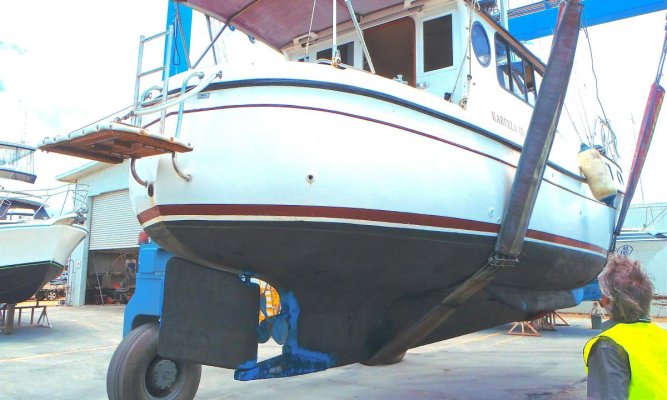caltexflanc
Guru
I'm with the crowd saying that throttle management is 80% of the game with following seas. Then a modern auto pilot can do its thing much more effectively. However, if you are dealing with highly confused seas rather than a regular period set from one direction, it's pretty hard for either human or machine to steer perfectly when there is no way to "anticipate" anything with high accuracy.

